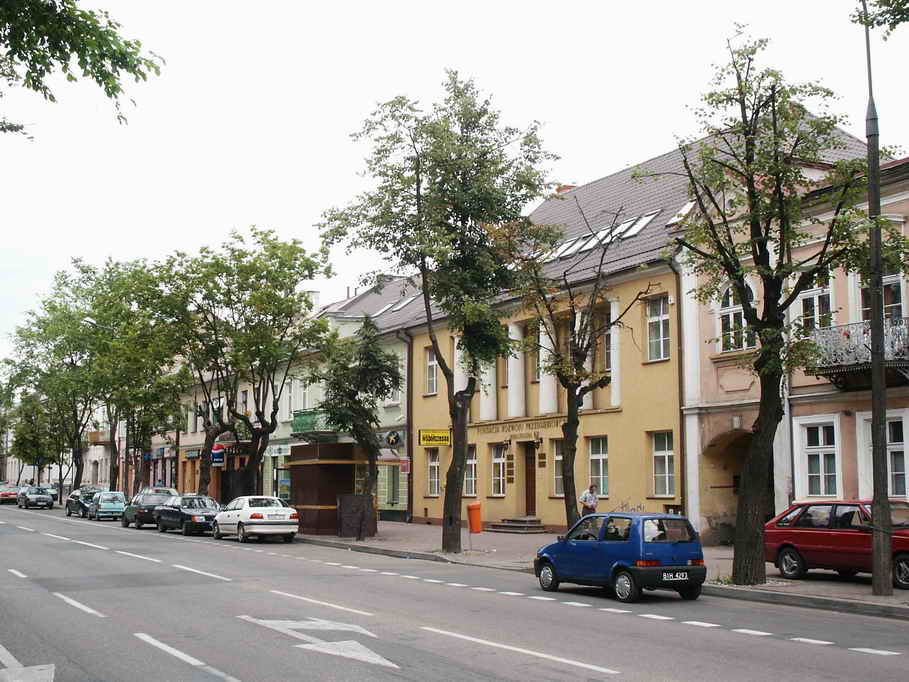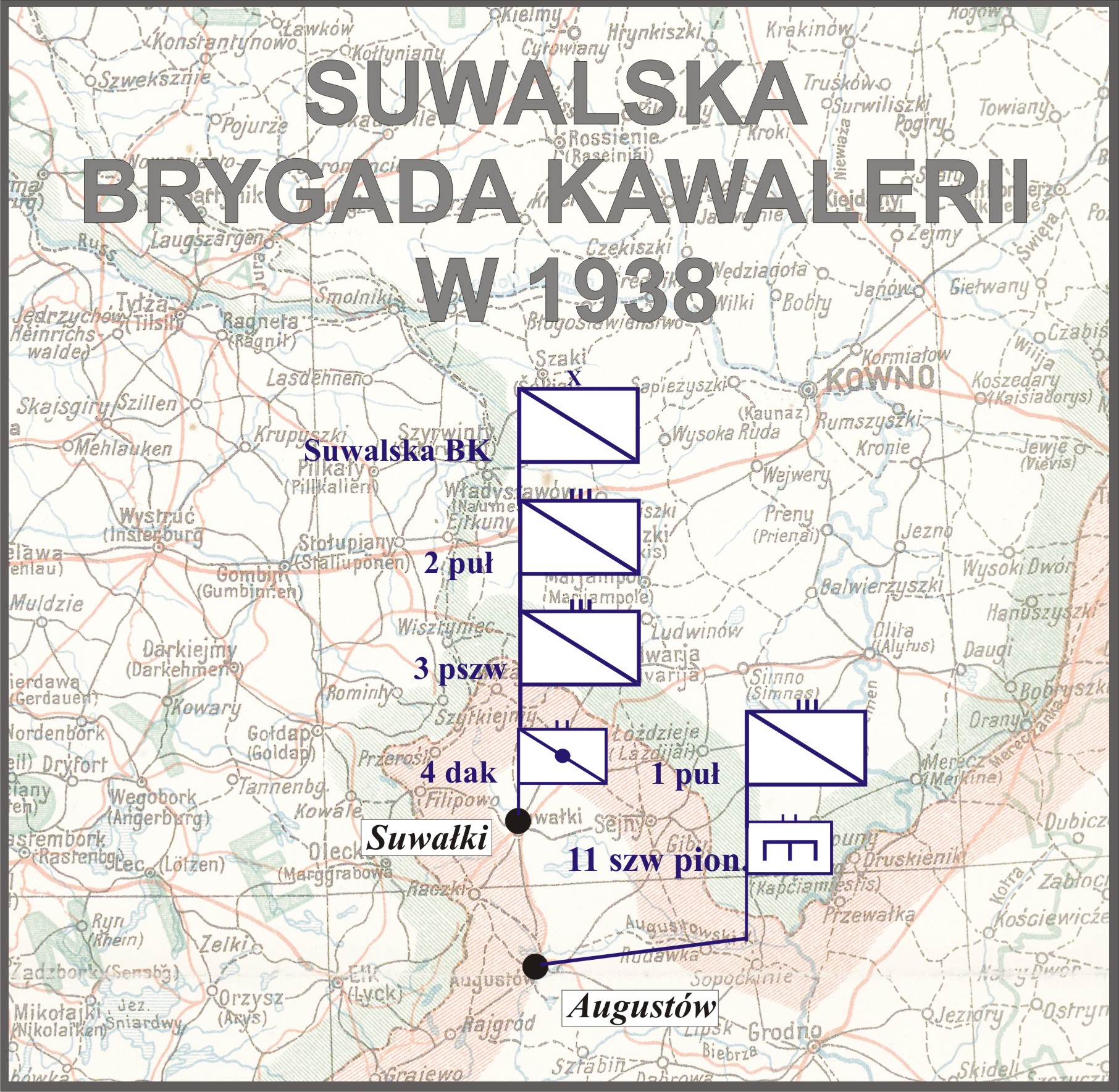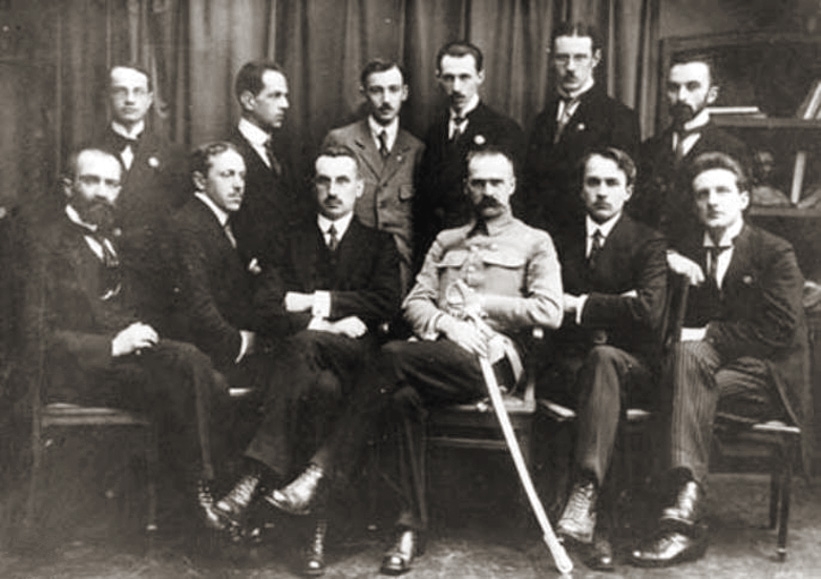|
Roman Catholic Parish Cemetery In Suwałki
The Roman Catholic parish cemetery in Suwałki is the cemetery serving the Roman Catholic community of Suwałki. The necropolis belongs to the and is located on Zarzecze Street in the western part of the city. It was established in 1820 and remains the largest cemetery in Suwałki. In the oldest part of the cemetery, there are historic gravestones and tomb figures, along with a Neo-Gothic cemetery chapel dedicated to the Transfiguration of the Lord, built in 1854 according to a design by Karol Majerski. Among the notable graves are those of prominent residents of Suwałki, including Teofil Noniewicz, Edward Szczepanik, and Father Jerzy Zawadzki. Location The cemetery is situated in the western part of the city along Bakałarzewska Street, which is part of provincial road no. 653. The oldest main gate is located on Zarzecze Street. Nearby, the Czarna Hańcza river flows through the area. Close to the cemetery are the Municipal Stadium and the Piastowskie Housing Estate. The ce ... [...More Info...] [...Related Items...] OR: [Wikipedia] [Google] [Baidu] |
Suwałki
Suwałki (; ; or סוּוואַלק) is a city in northeastern Poland with a population of 69,206 (2021). It is the capital of Suwałki County and one of the most important centers of commerce in the Podlaskie Voivodeship. A relatively young city, Suwałki is one of the largest cities and one of the economic and cultural centers of north-eastern Poland, and the largest city and the capital of the historical Suwałki Region. The city owed its past growth to its administrative role and location on important trade routes, and escaped major destruction in each of the world wars preserving the historic city centre. It is a tourist destination thanks to favourable location near the Suwałki Landscape Park and Wigry National Park. Suwałki is located on the strategically important Via Baltica road connecting Warsaw with Kaunas, Riga, Tallinn and Helsinki, about from the southwestern Lithuanian border. The Czarna Hańcza river flows through the city. Etymology The name derives from Lit ... [...More Info...] [...Related Items...] OR: [Wikipedia] [Google] [Baidu] |
World War II
World War II or the Second World War (1 September 1939 – 2 September 1945) was a World war, global conflict between two coalitions: the Allies of World War II, Allies and the Axis powers. World War II by country, Nearly all of the world's countries participated, with many nations mobilising all resources in pursuit of total war. Tanks in World War II, Tanks and Air warfare of World War II, aircraft played major roles, enabling the strategic bombing of cities and delivery of the Atomic bombings of Hiroshima and Nagasaki, first and only nuclear weapons ever used in war. World War II is the List of wars by death toll, deadliest conflict in history, causing World War II casualties, the death of 70 to 85 million people, more than half of whom were civilians. Millions died in genocides, including the Holocaust, and by massacres, starvation, and disease. After the Allied victory, Allied-occupied Germany, Germany, Allied-occupied Austria, Austria, Occupation of Japan, Japan, a ... [...More Info...] [...Related Items...] OR: [Wikipedia] [Google] [Baidu] |
Edward Szczepanik
Edward Franciszek Szczepanik (; 22 August 1915 – 11 October 2005) was a Polish economist and the last Prime Minister of the Polish Government in Exile. Biography Szczepanik was born on 21 August 1915 (his birth was registered with the birth date of 22 August 1915) in Suwałki, a small town in northern Poland, while the country was part of the Russian Empire under German occupation. Early life Szczepanik lived in Kościuszko street, he went to the local grammar school and then studied at the Warsaw School of Economics (SGH). He studied for his MSc in political economy under Professor Edward Lipiński in 1936. During his compulsory military service he was stationed at the Artillery Officers' School with the 29th Light Artillery Regiment. He won a scholarship to study at the London School of Economics, studying under Professors Lionel Robbins, Friedrich Hayek and Paul Narcyz Rosenstein-Rodan. On his return he became an assistant in Lipiński's department in SGH. After ... [...More Info...] [...Related Items...] OR: [Wikipedia] [Google] [Baidu] |
2nd Grochow Uhlan Regiment
The 2nd Grochów Uhlan Regiment of General Jozef Dwernicki ({{langx, pl, 2 Pułk Ułanów Grochowskich im. Generała Józefa Dwernickiego, 2 puł) was a cavalry regiment of Polish I Corps in Russia, Polish Army in the Second Polish Republic, and the Home Army during Operation Tempest (1944). The regiment was formed in November 1917 in Volhynia, and in 1921–1939, it was garrisoned in Suwałki, in the barracks of former Imperial Russian Army's 2nd Pskov Dragoons Regiment. In the 1939 Invasion of Poland it was part of Suwalska Cavalry Brigade. World War I Second Uhlan Regiment was formed in November 1917 in Antoniny, Volhynia, a village which at that time belonged to the House of Potocki. Soon afterwards the regiment joined Polish I Corps in Russia, and its two squadrons were made of ethnic Poles, who had served in Russian 2nd Guards Cavalry Division. First regimental order was issued on December 14, 1917, and in January–February 1918, the unit was strengthened by mounted ar ... [...More Info...] [...Related Items...] OR: [Wikipedia] [Google] [Baidu] |
Freedom And Independence Association
Freedom and Independence Association (, or WiN) was a Polish underground anticommunist organisation founded on September 2, 1945, and active until 1952. Political goals and realities The main purpose of its activity was to prevent Soviet domination over Poland and to fight communism. Although the pursuit of those goals was supposed to be largely peaceful, the fact of Soviet domination over Poland and the increasingly hostile and provocative behavior of local communists frequently resulted in WiN having its hand forced and in military confrontation. Although the WiN forces were well-armed and highly disciplined, they could not hope to fight a prolonged guerrilla war against the Soviet Red Army and NKVD units, a fact clearly understood by the leadership. Thus, to the extent possible WiN attempted instead to concentrate not on military action but rather on providing assistance (false documents and money) for former soldiers of Home Army, National Armed Forces and other Polish resist ... [...More Info...] [...Related Items...] OR: [Wikipedia] [Google] [Baidu] |
Citizens' Home Army
The Citizens' Home Army (Polish: ''Armia Krajowa Obywatelska'', AKO) was a Polish military anticommunist organization, and a successor of the disbanded Polish anti-Nazi resistance Home Army (Armia Krajowa, AK). It was founded in February 1945 by Colonel Władysław Liniarski (nom de guerre "Mścisław"), who had previously been commandant of the Białystok District of the Home Army. AK in the Białystok area was a powerful force. In early 1945 it had almost 30,000 soldiers, together with units that remained east of the Curzon Line, around Grodno and Wolkowysk. The number of soldiers grew steadily in the first half of 1945, as numerous AK brigades from Districts of Wilno and Navahrudak were coming to Białystok to continue fighting the Communists. AKO was concentrated on military action, between February and September 1945 it fought several battles and skirmishes with Red Army (62nd I.D.) and NKVD troops as well as Polish Urząd Bezpieczeństwa units. In early summer of 1945 the S ... [...More Info...] [...Related Items...] OR: [Wikipedia] [Google] [Baidu] |
Czarna Hańcza
The Czarna Hańcza, Chornaya Hancha () is the largest river of the Suwałki Region of north-eastern Poland and the Sapockin region of north-western Belarus. It is known for having large postglacial boulders. Originating near Lake Hańcza (the deepest lake in Poland with the maximum depth of 108.5 m) and flowing through lake Hańcza and Wigry Lake (the location of Wigry National Park), the Czarna Hańcza is a tributary of the river Neman beyond the borders of Belarus and Lithuania.Jerzy Nalepa, ''Jaćwięgowie. Nazwa i lokalizacja'', Wydawnictwo Naukowe PWN, Warszawa 1964, s.7. It flows through the city of Suwałki Suwałki (; ; or סוּוואַלק) is a city in northeastern Poland with a population of 69,206 (2021). It is the capital of Suwałki County and one of the most important centers of commerce in the Podlaskie Voivodeship. A relatively young ci .... See also * Augustów Canal * Biała Hańcza References External links * {{DEFAULTSORT:Czarna Hancza ... [...More Info...] [...Related Items...] OR: [Wikipedia] [Google] [Baidu] |
Sejny
Sejny (; ) is a town in north-eastern Poland and the capital of Sejny County, in Podlaskie Voivodeship, close to the northern border with Lithuania and Belarus. It is located in the eastern part of the Suwałki Lake Area (), on the Marycha river (''Seina'' in Lithuanian for which the town was named), being a tributary of the Czarna Hańcza. As of 1999 it had almost 6,500 permanent inhabitants, with a strong seasonal increase during the tourist season. Etymology According to a legend, the town of Sejny was started by three of the old knights of the King of Poland and Grand Duke of Lithuania Władysław II Jagiełło, who after the Battle of Grunwald granted them a land parcel in what is now Sejny. The three were very old and named the settlement ''Seni'', which is a Lithuanian word for ''Old Men''. The name was purportedly given to the city of Sejny. However, no archaeological findings or documents support this legend. The name is Yotvingian in origin. The linguist Jerzy Nalep ... [...More Info...] [...Related Items...] OR: [Wikipedia] [Google] [Baidu] |
Polish Military Organisation
The Polish Military Organisation, PMO (, POW) was a secret military organization that was formed during World War I (1914–1918). Józef Piłsudski founded the group in August 1914. It adopted the name ''POW'' in November 1914 and aimed to gather intelligence and to sabotage the enemies of the Polish people. Piłsudski used it to act independently from his cautious Austro-Hungarian supporters, and it became an important, if somewhat lesser known, counterpart to the Polish Legions. Its targets included the Russian Empire in the early phase of the war and the German Empire later. Its membership rose from a few hundred in 1914 to over 30,000 in 1918. History Intelligence and training The Polish Military Organization (PMO) can be traced to formations of August 1914 or even earlier, but it was officially founded in November 1914 as a merger of two previously existing youth para-military organisations: the Polish Rifle Squads and the Riflemen's Association. Active in the Russian-he ... [...More Info...] [...Related Items...] OR: [Wikipedia] [Google] [Baidu] |




